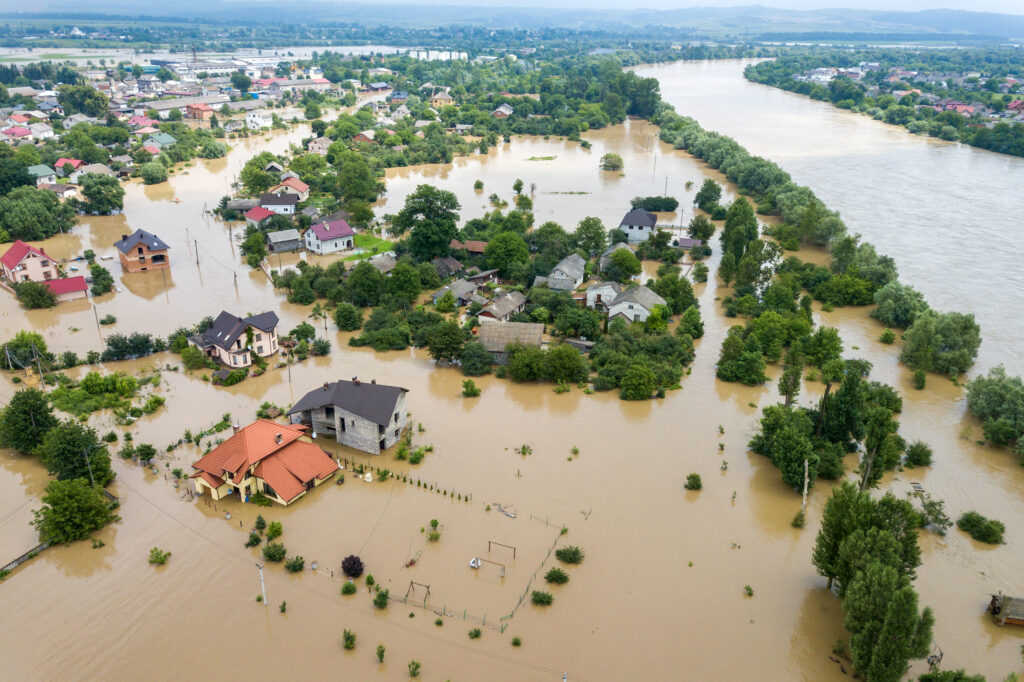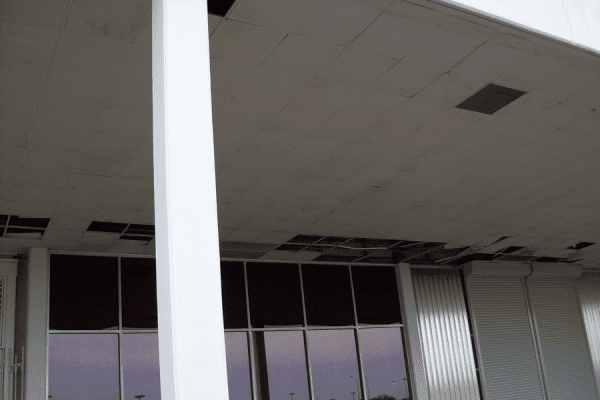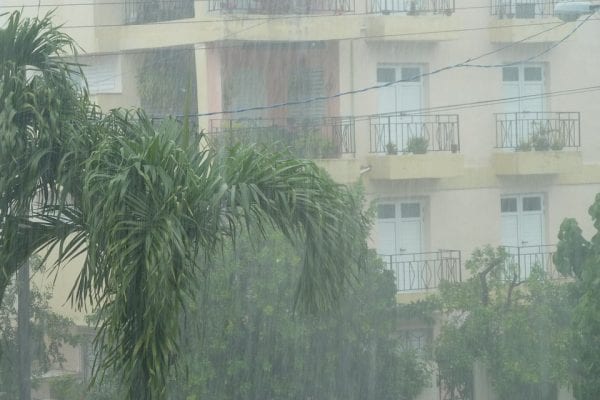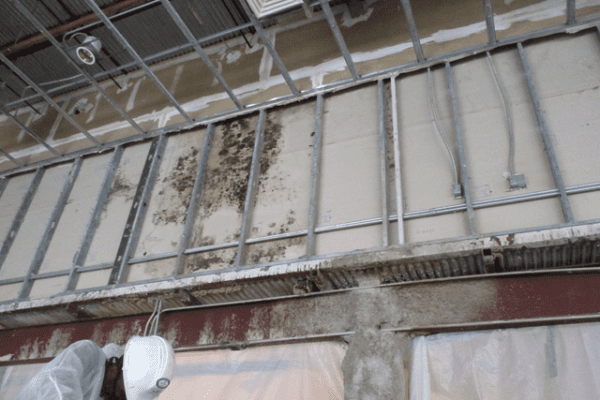When it comes to catastrophe—whether it’s due to flooding, a tropical storm, or a localized event that shuts a facility down temporarily—time is of the essence. Every day that passes after a disaster adds to the extent of damage and the cost of recovery, not to mention the lost productivity and revenue in the meantime.
That’s why it’s important to build a catastrophe response team well in advance that is capable of getting on site immediately and addressing the situation quickly. Here’s what to look for to ensure your team has what it takes.
Multiple Geographic Locations
When catastrophe strikes, geography matters. If your response team has to travel all the way across the state to be on site, they’re naturally going to take longer to get there than a team that is headquartered in your county. On the other hand, when the catastrophe affects an entire region, a team that is located nearby may be affected by the same event that took your business down. That’s why you want a team that can draw on resources from across the region, so no matter what, they’ll have you covered.
Depth of Experience
Catastrophe response is always a complex matter, and no two catastrophes are exactly the same. Coordinating multiple response teams, tools, and needs; interfacing with multiple contractors and adjusters; and managing the logistics of large- (or even small-) scale disasters takes knowledge that can only be gained from experience. Choose a team that has been there and done that, and demonstrated a reliable capability for getting on site fast and ready to work.
Breadth of Expertise
In addition to depth of experience, it’s important for the team to have a wide range of specific expertise on the bench. Any given catastrophe may involve water intrusion, environmental hazards, structural damage, mold, and other engineering and construction issues that must be addressed quickly. A team with broad bench strength in multiple disciplines will be faster to respond to these needs than one that requires outside input.
Insurance Relationships
In the event of a major disaster, you’ll be dealing with multiple parties in the recovery effort, and one of the major players will be your insurance company. You want to know that your catastrophe response team will play well with them. Look for a team with long-standing relationships and experience in coordinating with insurance adjusters and carriers. Such a provider can help smooth the insurance process by ensuring that their work matches expectations and that the insurance company understands what’s being done and will approve the work before you incur costs.
The Right Tools
The right catastrophe response team will not only have the right people, expertise, and locations—they’ll have the right tools. Look for a team that owns at least one self-contained mobile headquarters facility, as well as multiple infrared cameras, moisture meters, thermometers and hygrometers (temperature and relative humidity), digital cameras, and streamlined paperwork to document field observations.
When your company faces its next disaster—and nearly every company experiences some level of disaster sooner or later—make sure you have the capability to get back on track quickly. Contact us to find out how GLE can help.






